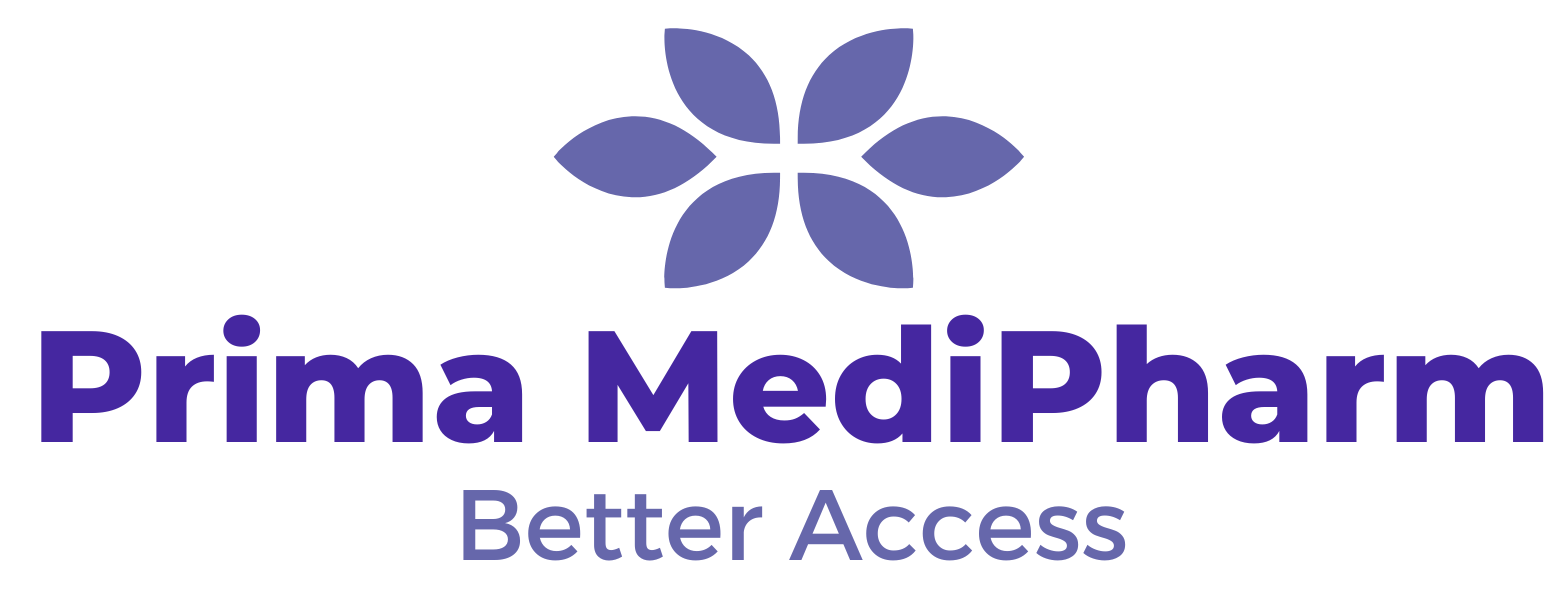Frequently Asked Questions
Disclaimer: The FAQs provided are based on the manufacturer’s materials. For official guidance, please refer to the manufacturer’s documentation.
What are NutriLock™ and TauroLock™ products?
How do NutriLock™ and TauroLock™ products help prevent catheter-related infections?
What sets NutriLock™ and TauroLock™ apart from other catheter lock solutions?
These products offer Triple Efficacy: Anti-Infection, Anti-Biofilm, and Anti-Occlusion.
- TauroLock™ combines taurolidine with 4% citrate and, in some formulations, includes heparin or a thrombolytic agent, offering broad-spectrum protection for high-risk clinical settings.
- NutriLock™ uses taurolidine as the single active ingredient and is free from citrate and heparin – ideal for patients who do not require anticoagulants.
What are the active ingredients in NutriLock™ and TauroLock™ products?
NutriLock™ contains 2% taurolidine and is citrate- and heparin-free.
TauroLock™ products contain taurolidine and 4% citrate to help maintain catheter patency. Some formulations, such as TauroLock™-HEP100 and TauroLock™-HEP500, also include heparin (100 IU/mL and 500 IU/mL, respectively) for enhanced anticoagulant activity.
While heparin provides effective anticoagulation, it may also carry a potential risk of promoting biofilm formation when used alone. This risk is actively counteracted by taurolidine, which delivers broad-spectrum antimicrobial activity and prevents microbial adhesion and biofilm development. Citrate further enhances the formulation by contributing both anticoagulant and antimicrobial effects – resulting in a well-balanced lock solution that maintains catheter patency while protecting against infection.
For cases involving more severe catheter occlusion, TauroLock™-U25.000 includes urokinase (25,000 IU), offering thrombolytic activity to help dissolve clots and restore catheter function.
Are there specialised formulas for persistent catheter patency issues?
Yes, specialised formulations are available for patients experiencing more severe occlusion problems. TauroLock™-U25.000 is one such option – containing taurolidine, 4% citrate, and urokinase (25,000 IU). The urokinase provides thrombolytic activity, helping to dissolve clots and significantly improve catheter patency. This formulation offers an effective solution for maintaining reliable and long-term catheter function.
Can NutriLock™ and TauroLock™ products be used for both short-term and long-term catheter access?
Yes, these solutions are suitable for both short-term and long-term catheter use.
Do NutriLock™ and TauroLock™ reduce the need for catheter replacements?
Are NutriLock™ and TauroLock™ products safe for all patient groups, including neonates?
Yes, these products are safe for use in patients of all ages, including neonates. The components used are non-toxic and provide protection without compromising patient safety.
Are there any known side effects of TauroLock™ products?
The 4% citrate content in TauroLock™ solutions can cause mild hypocalcaemic effects, such as a metallic taste, if administered rapidly into the bloodstream. These effects can be minimised by following the manufacturer’s instructions for slow instillation.
Why is the citrate concentration in TauroLock™ products limited to 4%?
A 4% citrate concentration is recommended by US regulatory authorities and others to ensure safety, as higher concentrations have been linked to severe complications, including:
- Fatalities associated with high citrate content (e.g., 46.7%).
- Transient cardiac arrest due to over-instillation of concentrated solutions (e.g., 30% citrate).
- Embolic events potentially triggered by protein precipitation with high citrate content (e.g., 46.7%).
What happens if NutriLock™ or TauroLock™ solutions enter the patient’s bloodstream?
If taurolidine enters the bloodstream, it is quickly degraded into taurine, a naturally occurring amino acid.
Can I switch from using heparin to TauroLock™ products?
Current findings show that a heparin 5,000 IU/mL solution can be effectively replaced by TauroLock™-HEP500, allowing for a significant reduction in high-dose heparin use.
Please note heparin alone has no antimicrobial efficacy and may increase the risk of biofilm formation with viable organisms and endotoxins. If this biofilm enters the bloodstream, it can lead to anaphylactic reactions.
TauroLock™-HEP500 is commonly used in dialysis, while TauroLock™-HEP100 is preferred in haematology, oncology, or paediatric patients. Both TauroLock™-HEP100 and TauroLock™-HEP500 must be aspirated before the next treatment.
Is there any risk of antimicrobial resistance with NutriLock™ and TauroLock™ products?
No. There is no risk of antimicrobial resistance because taurolidine, the active antimicrobial agent in these products, works through a unique mechanism that does not promote resistance. This makes NutriLock™ and TauroLock™ safe and effective options for long-term use even against antibiotic-resistant pathogens such as MRSA and VRE.
